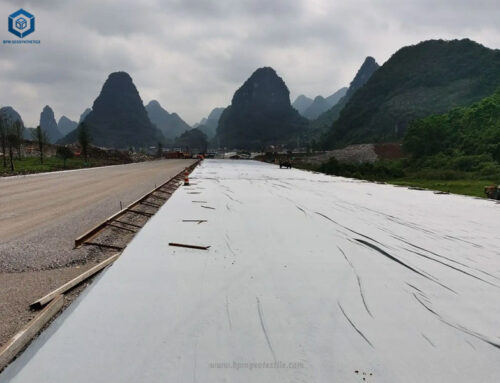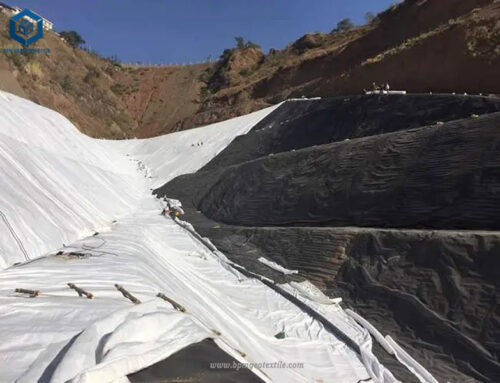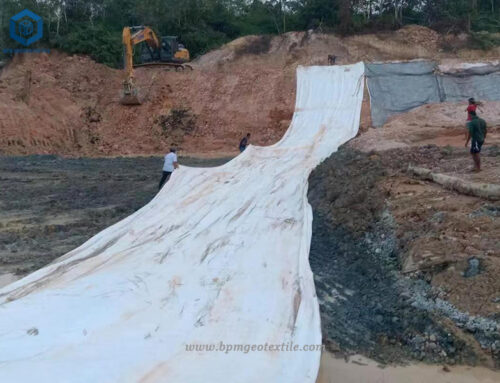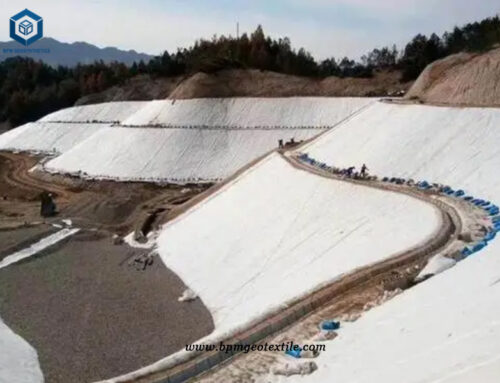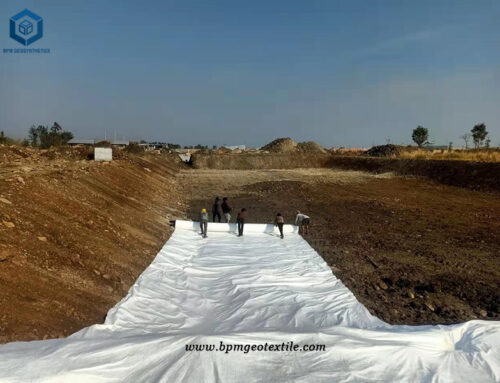Geotextile liner has proven to be among the most versatile and cost-effective ground modification material. Geotextile liner has expanded rapidly into nearly all areas of civil, geotechnical, environmental, coastal and hydraulic engineering. Geotextile layer forms the major component of the field of geosynthetics, the others being geogrids, geomembranes and geocomposites. BPM geotextile liner is the permeable and durable geosynthetics material widely used to filter, separate, reinforce, protect, retain or drain soil for civil construction applications. BPM had been dedicated to supplying one stop geotextiles, geomembrances and geosynthetics to worldwide customers since 2010.
Geotextile Liner Classification
The ASTM (1994) defines geotextile liner as permeable textile material used in contact with soil, rock, earth or any other geotechnical related material as an integral part of civil engineering project, structure or system. Based on their structure and the manufacturing technique, geotextiles may be broadly classified into woven geotextile and non woven geotextile. Woven geotextile liner is manufactured by the interlacement of warp and weft yarns, which may be of spun, multifilament, fibrillated or of slit film. Nonwoven geotextile liner is manufactured through a process of mechanical interlocking or thermal bonding of filaments. Mechanical interlocking of the filaments is achieved through a process called “needle punching”.
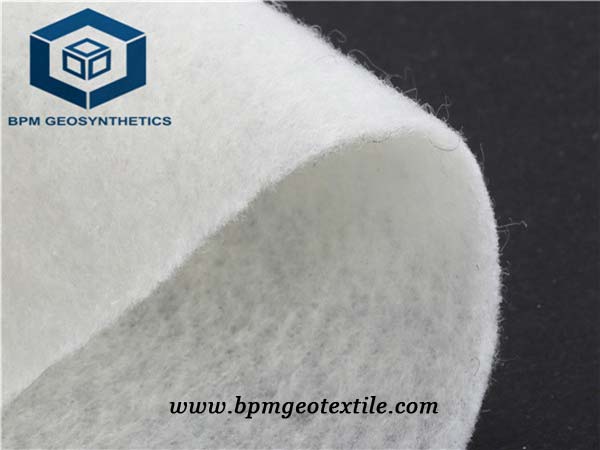
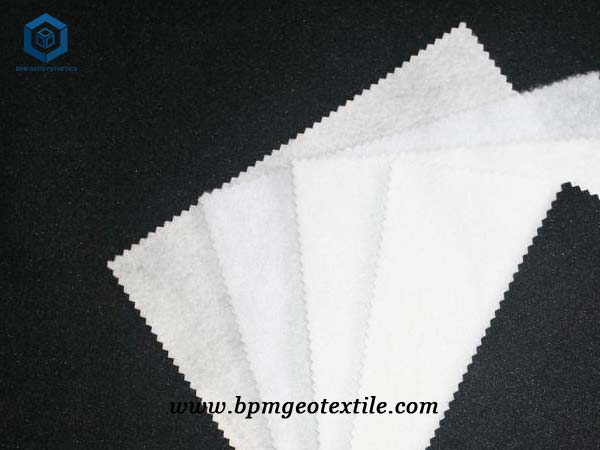
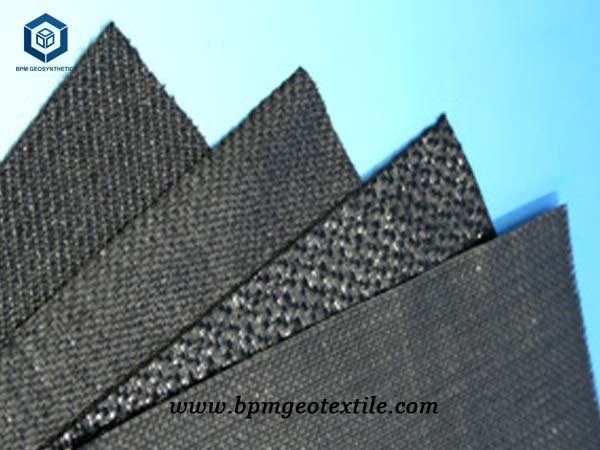
Geotextile Liner Functions in Road Construction
The operation of a geotextile liner in any application is defined by six discrete functions such as separation, filtration, drainage, reinforcement, sealing and protection. Depending on the application the geotextile liner performs one or more of these functions simultaneously.
-
Separation.
Tthe introduction of a flexible porous textile placed between dissimilar materials so that the integrity and the functioning of both the materials can remain intact or be improved. In transportation applications separation refers to the geotextile’s role in preventing the intermixing of two adjacent soils. For example, by separating fine subgrade soil from the aggregates of the base course, the geotextile liner preserves the drainage and the strength characteristics of the aggregate material.
-
Filtration.
The equilibrium geotextile-to-soil system that allows for adequate liquid flow with limited soil loss across the plane of the geotextile liner over a service lifetime compatible with the application under consideration. To perform this function the geotextile liner needs to satisfy two conflicting requirements. the filter’s pore size must be small enough to retain fine soil particles while the geotextile material should permit relatively unimpeded flow of water into the drainage media. A common application illustrating the filtration function is the use of a geotextile in a pavement edge drain.
-
Drainage (Transmissivity).
This refers to the ability of thick nonwoven geotextile whose three-dimensional structure provides an avenue for flow of water through the plane of the geotextile liner.
-
Reinforcement.
This is the synergistic improvement in the total system strength created by the introduction of a geotextile into a soil and developed primarily through the following three mechanisms: One, lateral restraint through interfacial friction between geotextile and soil/aggregate. Two, forcing the potential bearing surface failure plane to develop at alternate higher shear strength surface. And three, membrane type of support of the wheel loads.
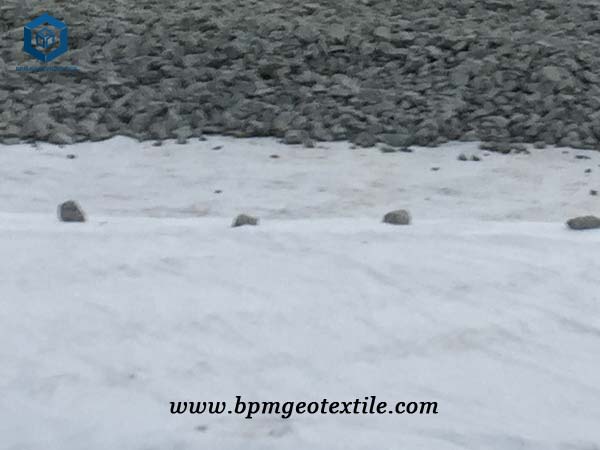
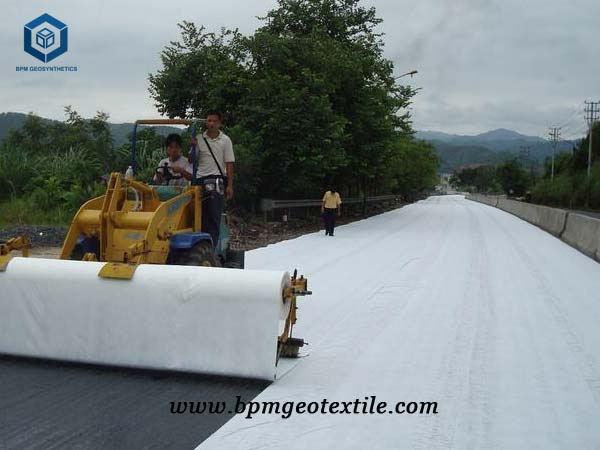
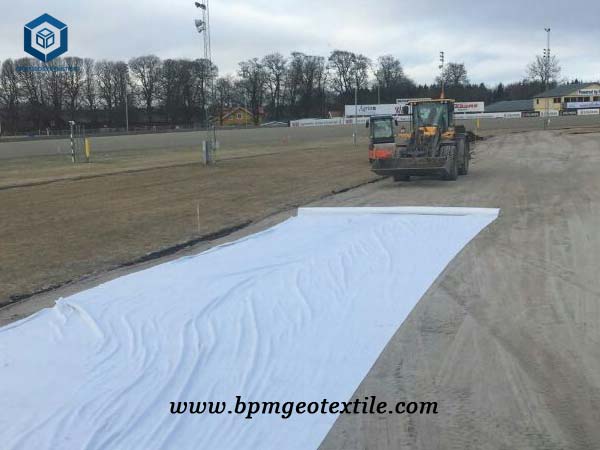
Geotextile Liner Application
Three major application areas of geotextile liner in transportation engineering includes flexible paved road construction, drainage applications and pavement overlays.
-
Flexible Paved Road Construction.
Geotextile liner extends the service life of roads, increase their load-carrying capacity, and reduce rutting. These significant improvements are obtained primarily through the separation function of the geotextile liner placed at the interphase of the base course aggregate and subgrade soil. Without a separator geotextile layer, the aggregate layer becomes contaminated with fines from the subgrade. This contamination leads to the development of a new soil-aggregate layer at the interface whose strength is less than that of the aggregate layer. As the volume of fines increases, the shear strength of the aggregate mixture increases because the fines help to distribute shear stress. With geotextile liner acting as a separation or filtration layer at the interphase of the subgrade and the drainage aggregate, the aggregate base course layer is completely insulated from the soil fines, therefore the designed base course properties are maintained throughout the life of the project.
-
Drainage applications.
The removal of water is important to the success of many civil engineering problems. In transportation applications, if the base course does not drain rapidly enough, stress from the traffic loadings is transferred to the subgrade with little or no reduction, resulting in accelerated road failure. The removal of water must be performed in a controlled fashion. Otherwise, severe erosion, piping, or settlement of soils may result in undermining adjacent structures. To accomplish this task the drainage system should fulfill two criteria. One is to have maintained permeability – by providing relatively unimpeded flow of water. The other is to filtrate the base soil – by preventing the migration of soil fines into the drain.
-
Pavement Overlays.
Asphalt concrete pavement overlays can benefit from the use of paving fabric interlayer. The documented field experience indicates to a number of positive benefits including: Waterproofing of the lower layers, thereby maintaining higher material strengths. Retarding reflection cracking in the overlay by acting as a stress absorbing membrane interlayer. Increase in structural stability by providing for more stable subgrade moisture contents. Paving fabrics can also be used in new pavements to provide the same benefits. If fabric is added and the overlay thickness is not reduced from that determined by normal methods, than an increase in performance can be obtained.
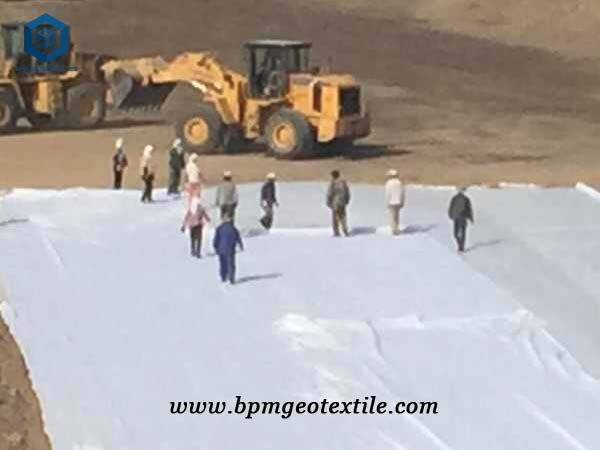
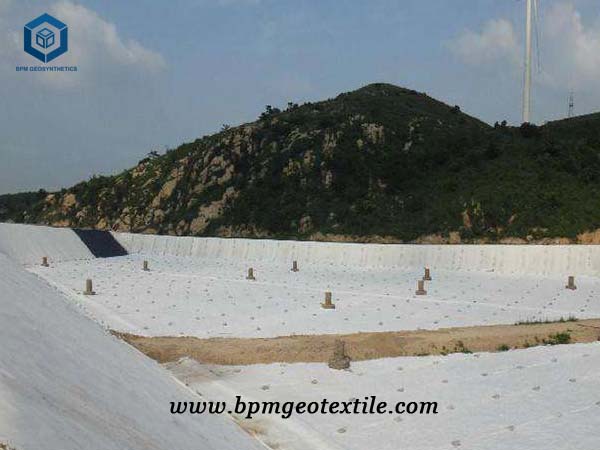
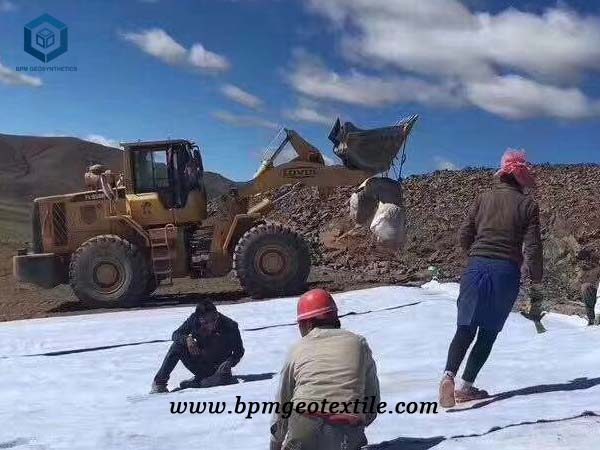
About BPM
BPM had provided many types of effective and states of the art geomembranes, geotextile and other geosynthetics to over 36 countries. Our main customers are from Australia, France, Sweden, UK, Hong Kong, Hungary, New Zealand, Poland, Mexico, Ecuador, Brazil, Pakistan, Bangladesh, Thailand, Vietnam, Malaysia, Indonesia, Singapore, Philippines, Sri Lanka, India, UAE, Saudi Arabia, Qatar, Kenya, Ghana, Ethiopia, Somalia, Nigeria, South Africa, Swaziland, Mongolia etc.
BPM is also providing professional design and installation service. OEM and ODM are also available. If you have any questions or inquiries, please fill and submit the following form, we will reply as soon as possible.

